“You either die a hero, or you live long enough to see yourself become the villain.” Harvey Dent, the hero district attorney destined to become the villain Two-Face in The Dark Knight, explicitly predicted his swift fall from grace. But the quote from Christopher Nolan’s beloved film speaks to a more universal idea that with a long enough timeline everyone good will fall in some way. It’s best to die nobly or pass your mantle on before that happens.
But what about when that’s not an option? Fiction is filled with immortals. While they might start out with good hearts and the best of intentions for how to use their power, they almost always wind up as either unknowably distant beings or straight up evil. Experiencing loss on a generational scale makes it hard to feel a sense of accomplishment from saving the day or to form the attachments that define relatable, compassionate characters. But DC Comics’ Vandal Savage stands out as a portrait of the contradictions that immortality can produce. Traditionally labeled a villain, he’s also been portrayed as a sympathetic mastermind blessed and cursed with perspective that none of his peers or enemies can appreciate.
Savage’s character concept is as inherently silly as his overly descriptive name. Introduced in a 1943 Green Lantern comic, Savage was a prehistoric man granted immortality through exposure to radiation from a mysterious meteorite. Over the course of human history he’s assumed the role of countless conquerors or their close advisors, eternally fighting for power that always seems to slip away through the meddling of heroes or simply the progression of time. In the standout two-part Justice League episode “The Savage Time,” Savage decides to fix his past self’s mistakes by paying him a visit and delivering some future tech that allows him to seize control of Germany from Hitler and win the war for the Axis. Due to plot weirdness only some of the members of the Justice League are affected by this historical shift and the rest go back in time to do some Golden Age-style Nazi butt kicking. Savage is defeated and the world is put right.

Those episodes provide a fun introduction to Savage and what he’s capable of, but it’s the later episode “Hereafter” that really shifts the narrative. The story starts as a death of Superman story where Earth’s greatest champion is seemingly killed by the typically ineffectual Toyman. But it turns out that the hero wasn’t disintegrated, just transported into a far future where he’s rendered powerless by the fading of the planet’s yellow sun. Wandering through a post-apocalyptic wasteland he’s greeted with surprising warmth by Savage, the ruined world’s sole survivor. Thousands of years of isolation have softened the villain and he explains that Superman’s disappearance allowed him to finally destroy the Justice League and take over the world. But it was a pyrrhic victory, his plans having unforeseen consequences that killed off humanity. He shows genuine penance and works to return Superman back to his own time to stop his plans with the hope that his younger self will eventually find redemption as well. Like with “The Savage Time,” altering the past causes Savage’s future to cease to exist and as this version of him fades out, he thanks Superman and names him a friend.
Savage was never one of the season-dominating threats on Justice League the way Lex Luthor, Brainiac, and Darkseid were, but he got a chance to shine in Young Justice where he serves as founder of the Light, a sort of Legion of Doom analogue with cosmic reach. The character was originally voiced by Miguel Ferrer, who died after the show was cancelled in 2013. When it was resurrected this year, the episode “Evolution” was dedicated to Ferrer and served as a stunning homage to the character and his role in the show’s universe.
Faced with an alien armada, the members of the Light discover that they’ve been too effective and neutralizing Earth’s heroes. No one is capable of stopping the invaders, so Savage must do it himself as he has apparently done several times before. Over the course of 20 minutes, the episode divulges a rich history of his past exploits. The origins of his dramatic facial scars from when he was mauled by a cave bear before becoming immortal; when defeated the mind-controlling Starro as the legendary warrior Gilgamesh; and even when he cut a deal with the world-conquering tyrant Darkseid to protect earth while he was Genghis Khan. The story is told through a conversation between two women: Savage’s daughter Cassandra who has just come of age, and the senile Olympia who is revealed to also be Savage’s progeny. Savage successfully defeats the armada but at the end of the episode snaps Olympia’s neck, which Cassandra acknowledges as an act of mercy. Savage is a sworn preserver of life on a species scale, but this is clearly a loss he has experienced many, many times. David Kaye brings powerful gravitas to the role as he reveals parts of the character’s history, personality, and motives that the show’s heroes might never learn.

The same complicated morality is also on display in the animated film Justice League: Doom, where Savage leads a coalition of supervillains trying to destroy the Justice League using plans developed by Batman. The story is based on the comic book JLA: Tower of Babel, where Batman’s contingency plans are stolen by a different immortal villain, Ra’s al Ghul. The character switch was likely made to avoid saturating the market with stories about al Ghul, after he appeared in both Batman Begins and Arrow, but it works well. Savage acknowledges that the hardest part of the plan is infiltrating the Batcave, giving Batman the same level of respect Ra’s would. It also fits in with his complicated ethos. Can you really paint Savage as a villain when he’s using strategies developed by a respected hero?
Not all portrayals of Savage are so nuanced. He also served as the first season villain on Legends of Tomorrow, earning him the ignominious privilege of being central to the worst part of a show that only found its footing after his plot was resolved. But even when he was serving as a Hawk-person serial killer with dreams of world domination, he wasn’t painted as totally evil. At the end of the season, the Legends learn that Savage needs to take over the Earth because in any timeline where he doesn’t, the world is instead taken over by Thanagarian invaders. He’s an immortal tyrant, but also a powerful protector of humanity.
Uncle Ben famously informs Peter Parker that “with great power comes great responsibility,” encouraging him to use his abilities to fight crime as Spider-Man. Immortality is a far greater power than most heroes are gifted with and Vandal Savage views it as his responsibility to use his strength to protect humanity, even if that means taking on the responsibility of ruling the species. To most people he may have become the villain, but Savage will always view himself as a hero.

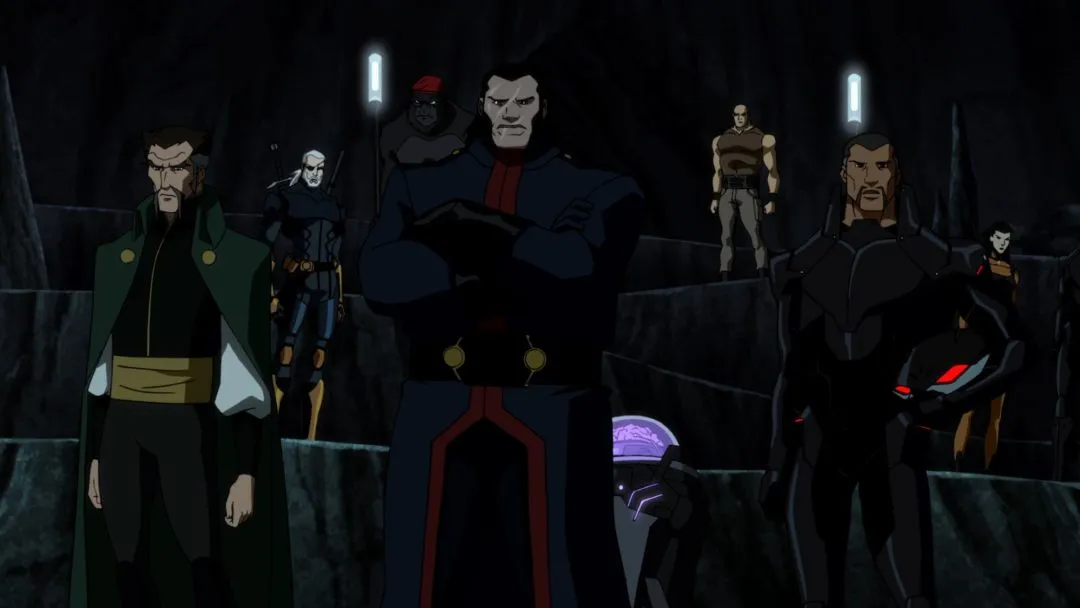




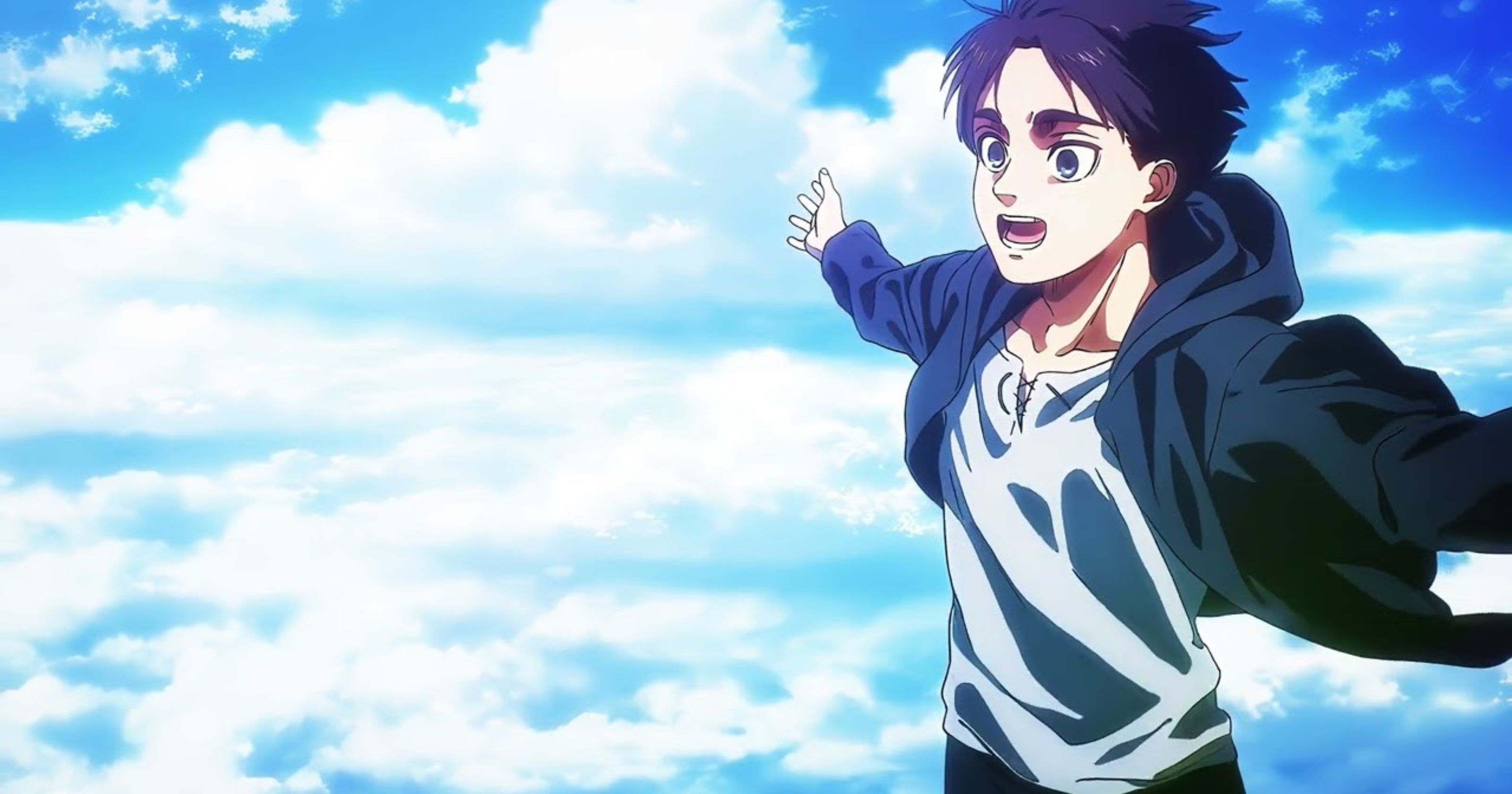
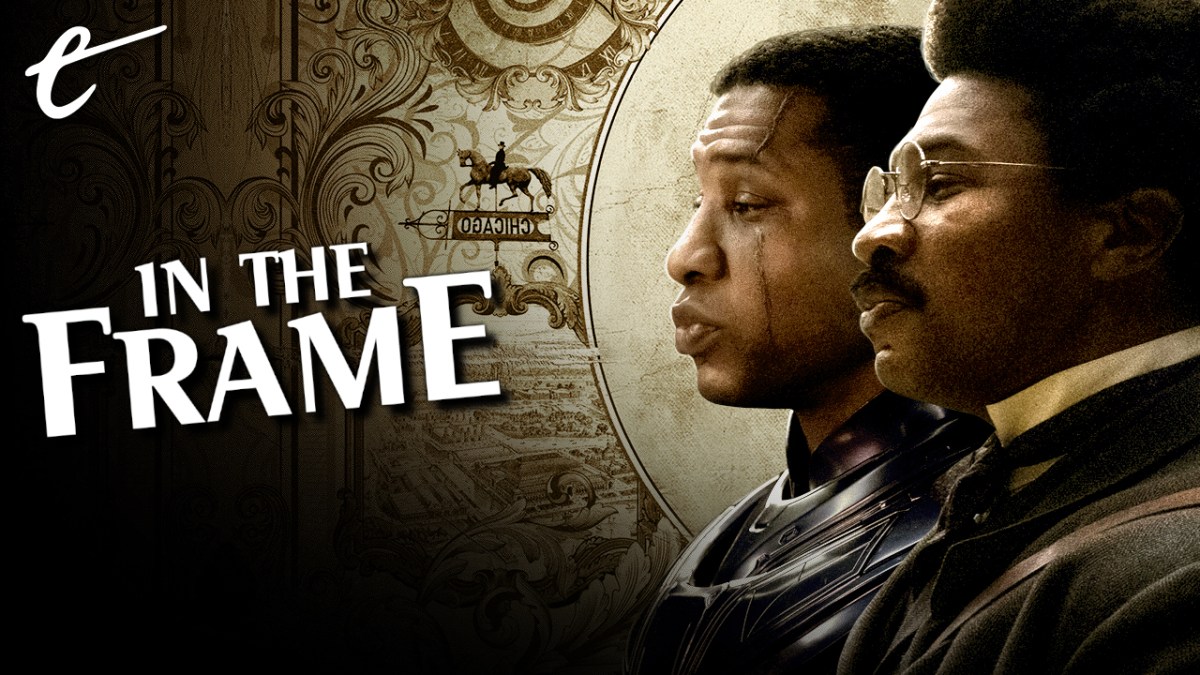

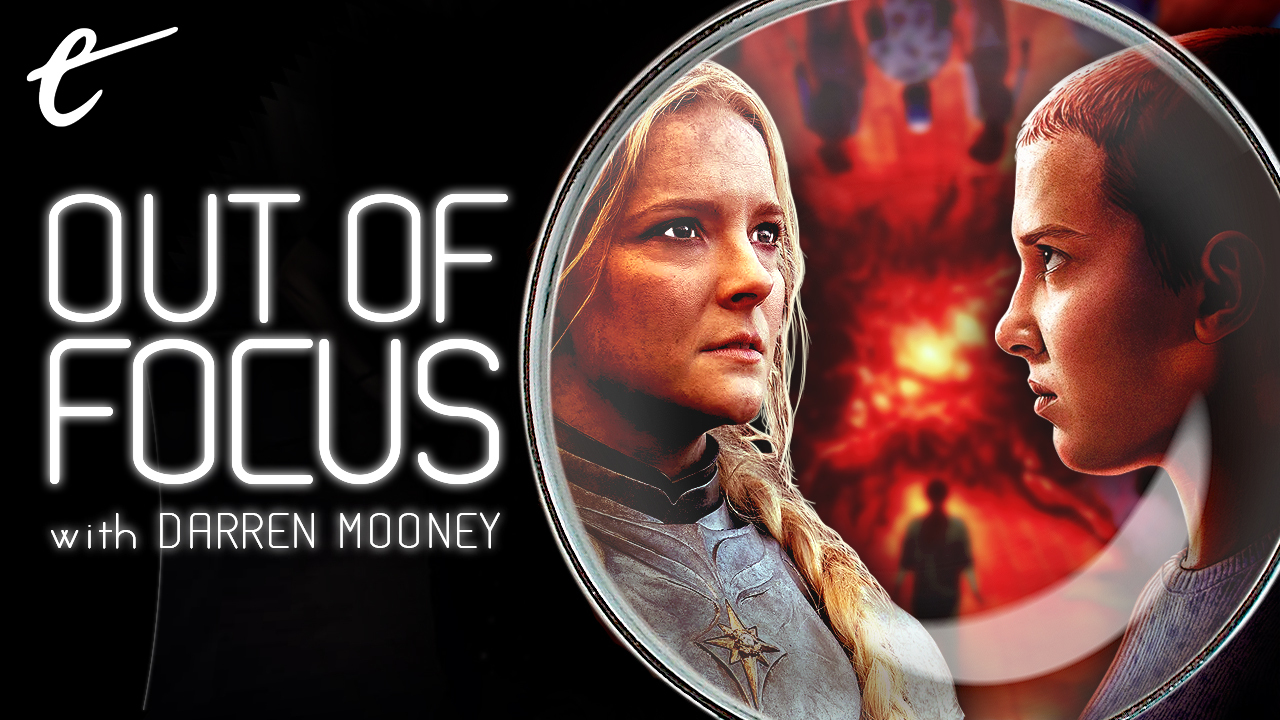
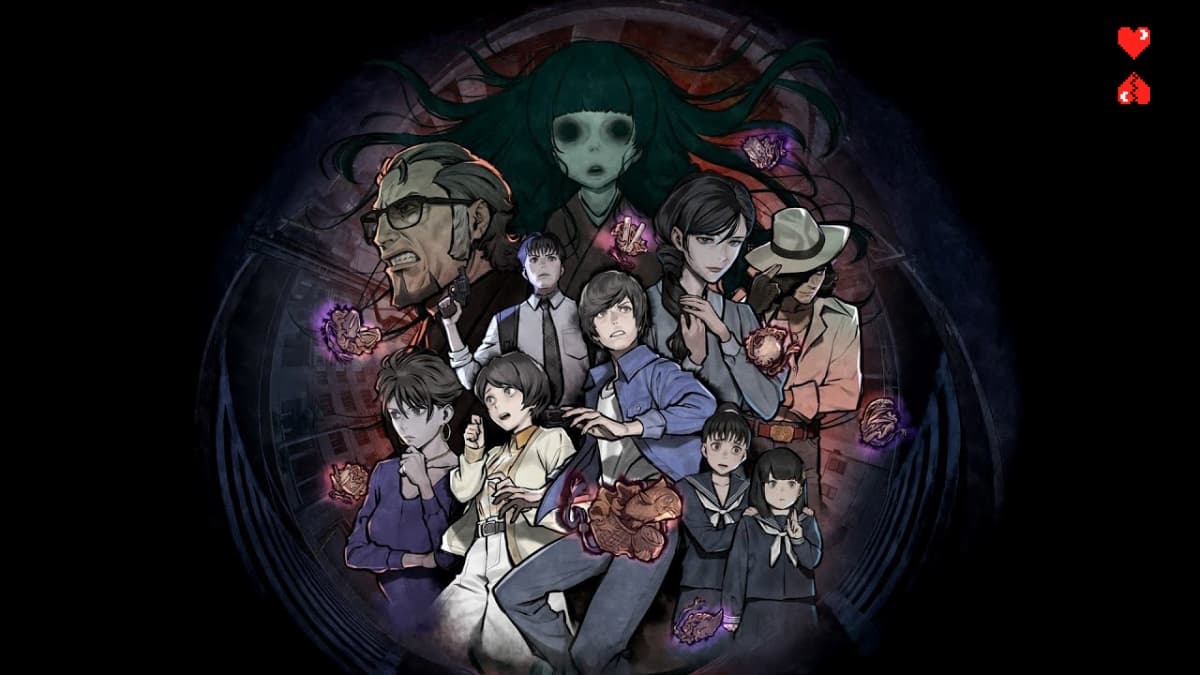
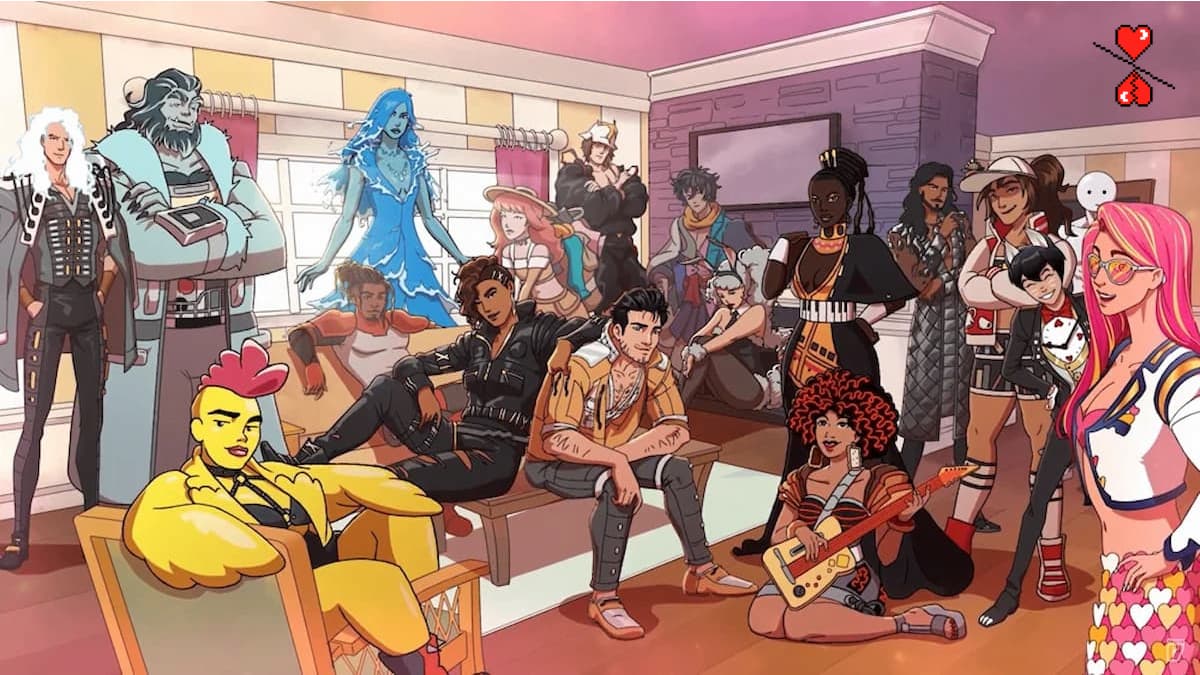


Published: Mar 22, 2019 6:00 PM UTC